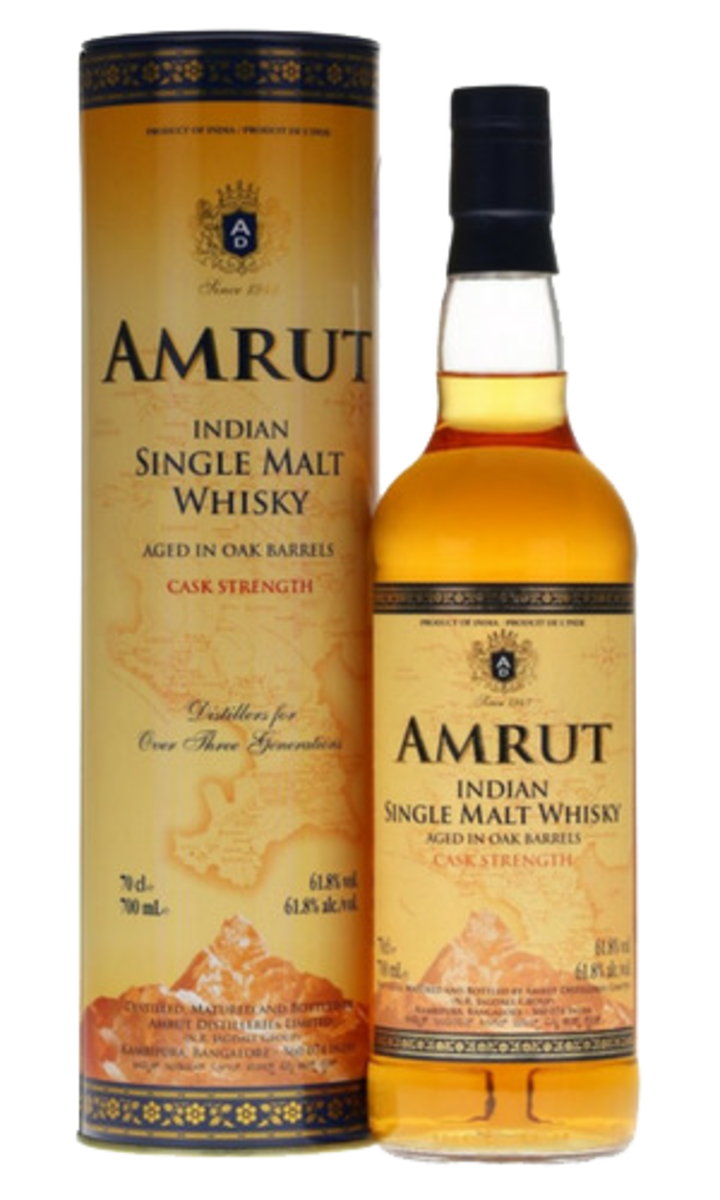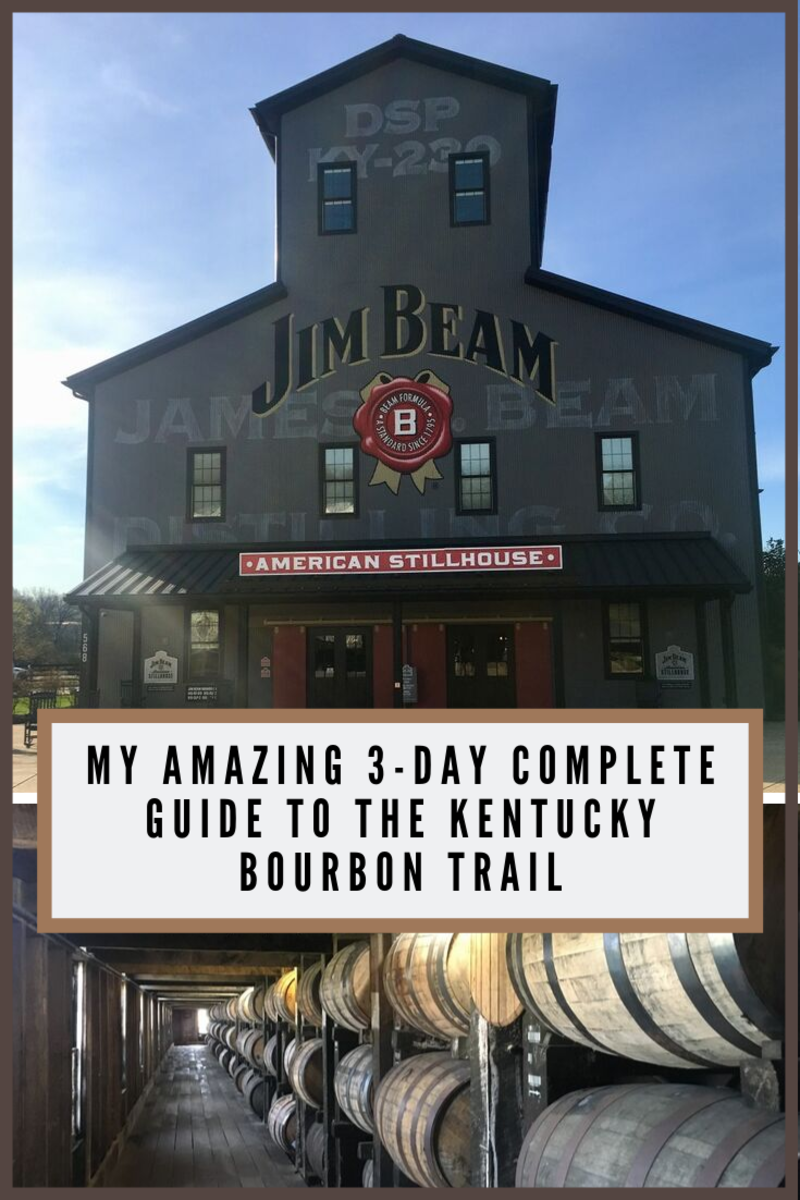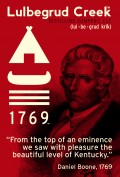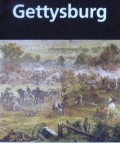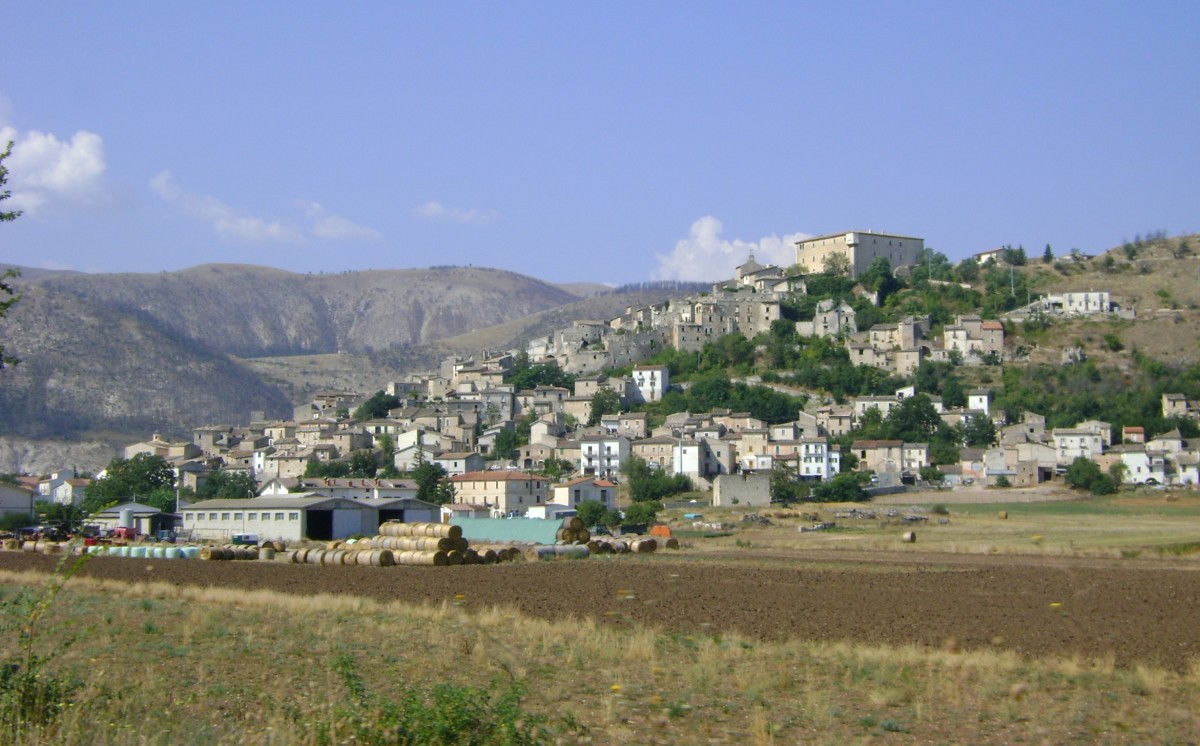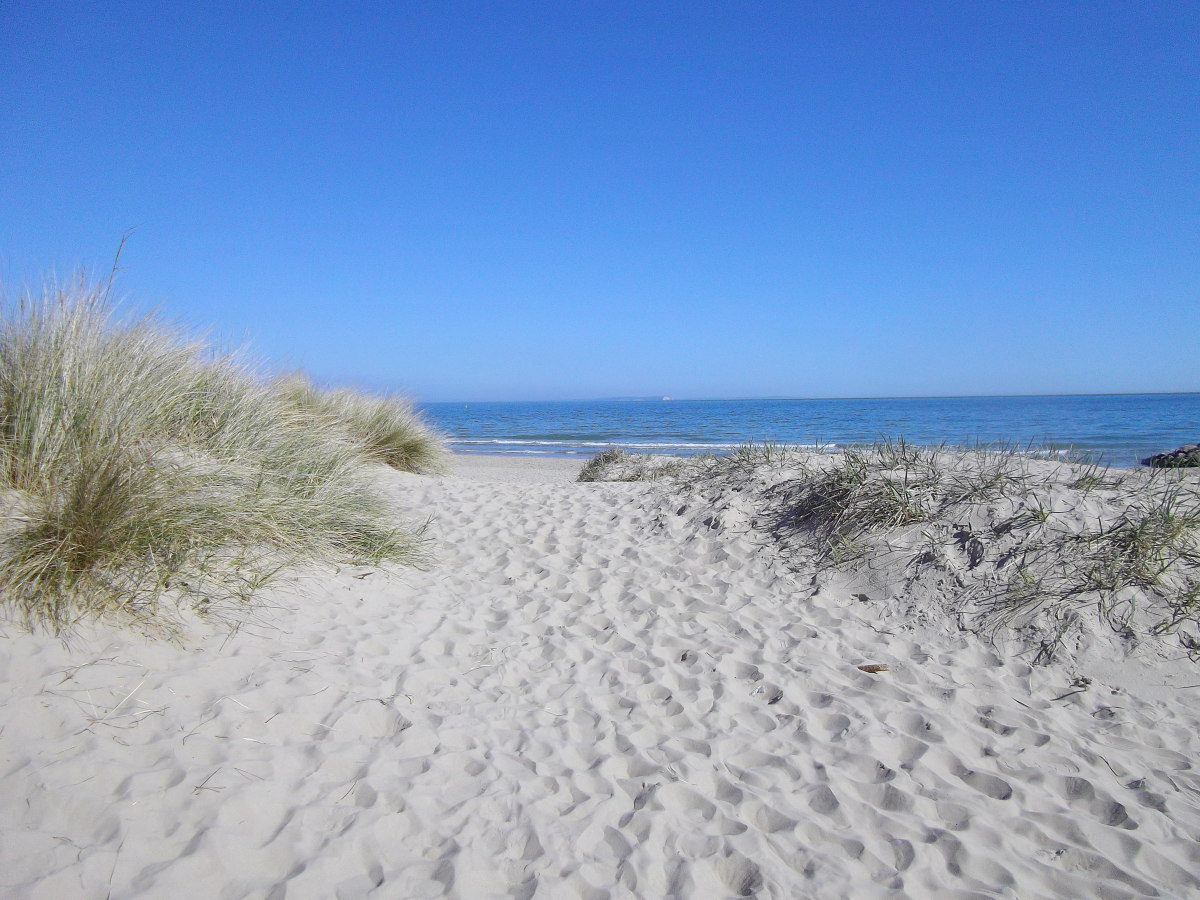The American Whiskey Trail
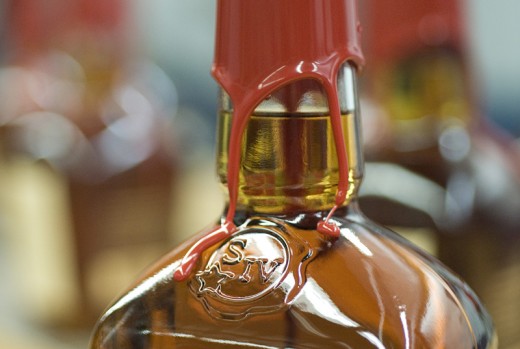
Want to tour fabulous locations and sample some great drinks, but worried that wine isn't your beverage of choice? Why not explore the American Whiskey Trail? The trail showcases a collection of world-famous distilleries that offer a variety of whiskey and bourbon that makes the trip a real spirited adventure!
Gulping Down History
There is little doubt that Whiskey and other distilled spirits, such as bourbon and rum, are an important part of our American heritage. Shortly after the colonies had been established, distilleries were up in running throughout New England, including a Boston rum distillery that began operations in 1657. In fact, within the span of very prosperous and productive generation, rum had become New England's largest and most lucrative industry.
Meanwhile, in the southern and western frontiers that lay beyond the Appalachian Mountains, settlers had found a way to use surplus grains like corn to make whiskey and literally liquidate whatever extra stores of grain could not be transported. Subsequently, when the British attempted to stop the importation of sugar and molasses to the colonies, Americans abandoned rum and substituted whiskey to meet the demand for spirits as a part of the Revolutionary Army rations.
After the war in 1794, the newly-formed federal government levied a tax on the production of whiskey, which led to a series of protests commonly referred to as the Whiskey Rebellion, which required the first use of government troops to suppress the violence. By 1810, there were at least 2,000 distillers producing more than two million gallons of whiskey; a good thing too, considering that the annual absolute alcohol consumption may have been as high as ten gallons per person (four times as much as the current rate). Even during the era of alcohol Prohibition, moonshine and bathtub gin remained popular, while thousands of Speak-Easies illegally continued to serve bourbon, scotch, etc. Today, whiskey and other distilled spirits are still highly-favored amongst fraternities, sports-fans, and connoisseurs throughout the nation.
What Awaits You on the Trail?
Up North...
* George Washington Distillery Museum, Mount Vernon, Virginia: Sure, we all know he was the First President of the United States, but did you know that he was also one of the new country's largest and most successful commercial distillers? Recent excavations at Mount Vernon unearthed that Washington was quite the entrepreneur; a museum and reconstruction of his distillery is now open to the public, so don't miss it!
* Frauces Tavern Museum, Manhattan, New York and Gadsby's Tavern Museum, Alexandria, Virginia: The famous New York Tavern is the site where Washington delivered his eloquent farewell address to his officers in 1783, and Gadsby's served such remarkable historical patrons as Washington, John Adams, Thomas Jefferson, James Madison and the Marquis de Lafayette.
* Woodville Plantation, Allegheny County, Pennsylvania: This site offers a guided tour of the immense plantation built by General John Neville, a personal acquaintance of both Washington and Lafayette, and a key defender of the U.S. Constitution during the Whiskey Rebellion.
* West Overton Museums, Scottsdale, Pennsylvania: The museums contain an 1838 distillery established within a still intact pre-Civil War village.
* Oliver Miller Homestead, South Park, Pennsylvania: Come learn about the history of this National Historical Landmark and discover the important role the Miller family played during the Whiskey Rebellion.
Down in Kentucky...
* Woodford Reserve Distillery, Versailles: As producer of the official bourbon of the Kentucky Derby, the distillery formally known as the Old Oscar Pepper Distillery and later as the Labrot and Graham Distillery, has a history as enjoyable as the finest Mint Julep. For instance, while working here in the 1800s, Dr. James Crow is said to have developed the art of sour-mash fermentation, the process still used in Kentucky bourbons and Tennessee whiskeys today.
* Wild Turkey, Lawrenceburg: "Bourbon, to me, is good sippin'," says master Wild Turkey distiller Jimmy Russell, 72. "If you're going to get drunk, go get some 190 proof and get drunk on it." So, what makes Russell's bourbon "good sippin'?" It's made from less corn than most other bourbons and is distilled at a lower proof to trap in flavor. Make sure and try the Rare Breed, a blend of six-, eight- and 12-year-old whiskeys bottled straight from the barrels, with no additional water added, resulting in an impressive 108 proof.
*Oscar Getz Museum, Bardstown: The museum includes several exhibits showcasing rare and unique whiskey artifacts dating from the Colonial period through post -Prohibition times, including honest Abe's liquor license... Hail to the Chief!
* Buffalo Trace, Franklin: Although America's most internationally awarded distillery has existed in name for only eight years, the company can trace its roots back more than 220 years.
* Jim Beam American Outpost, Clermont: Just 25 miles from Louisville, this is the largest bourbon distillery of corn, rye and barley in the country. The spirit is still made the same way, by the same family, following the same recipe as it was in 1795. Plus, they hand out bourbon-chocolate candies right at the door... what's not to love?
* Maker's Mark Distillery, Loretto: Housed in a beautiful, pastoral setting surrounded by lush groves of trees, the distillery is the only one honored as a landmark by the National Register. Although the premium bourbon production began in the 1950's, the distillery has been in operation since 1805, making it the world's oldest operating bourbon whisky distillery. One of the highlights of the tour is the opportunity to dip your own bottle of bourbon into the red sealing wax and leave your own mark on the label.
In Tennessee...
* George Dickel, Tullahoma: This distillery is a great place to learn about the key differences between Tennessee Whisky (the "e" is intentionally missing) and bourbon. Be sure to ask your guide about charcoal mellowing.
* Jack Daniels, Lynchburg: Since 1866, hard sugar maples trees have been burnt to create the perfect filter for the whiskey, and the limestone cave springs provide sweet iron-free water that makes the finished product taste so good. While here, visit Jack Daniel's distinctive grave to pay your respects. You will know it when you see it - it's the one with two chairs beside it, placed there upon his death in 1911 so the lifelong bachelor's numerous lady friends would have a place to sit and weep.
Finally, if you want to hit every stop on the trail, don't forget to check out the rum distilleries of Bacardi, in Catano, Puerto Rico and Cruzan in St. Croix, Virgin Islands!
Remember that product samplings, like hours of operation, vary by distillery. However, if you're in Kentucky during September, keep an eye out for the Kentucky Bourbon Festival, which hosts more than 50,000 visitors every year. Cheers!

![Set of 9 Grey Beverage Chilling Stones [Chill Rocks] Whiskey Stones for Whiskey and Other Beverages - in Gift Box with Velvet Carrying Pouch - Made of 100% Pure Soapstone - by Quiseen](https://m.media-amazon.com/images/I/41W8aGE0+XL._SL160_.jpg)
